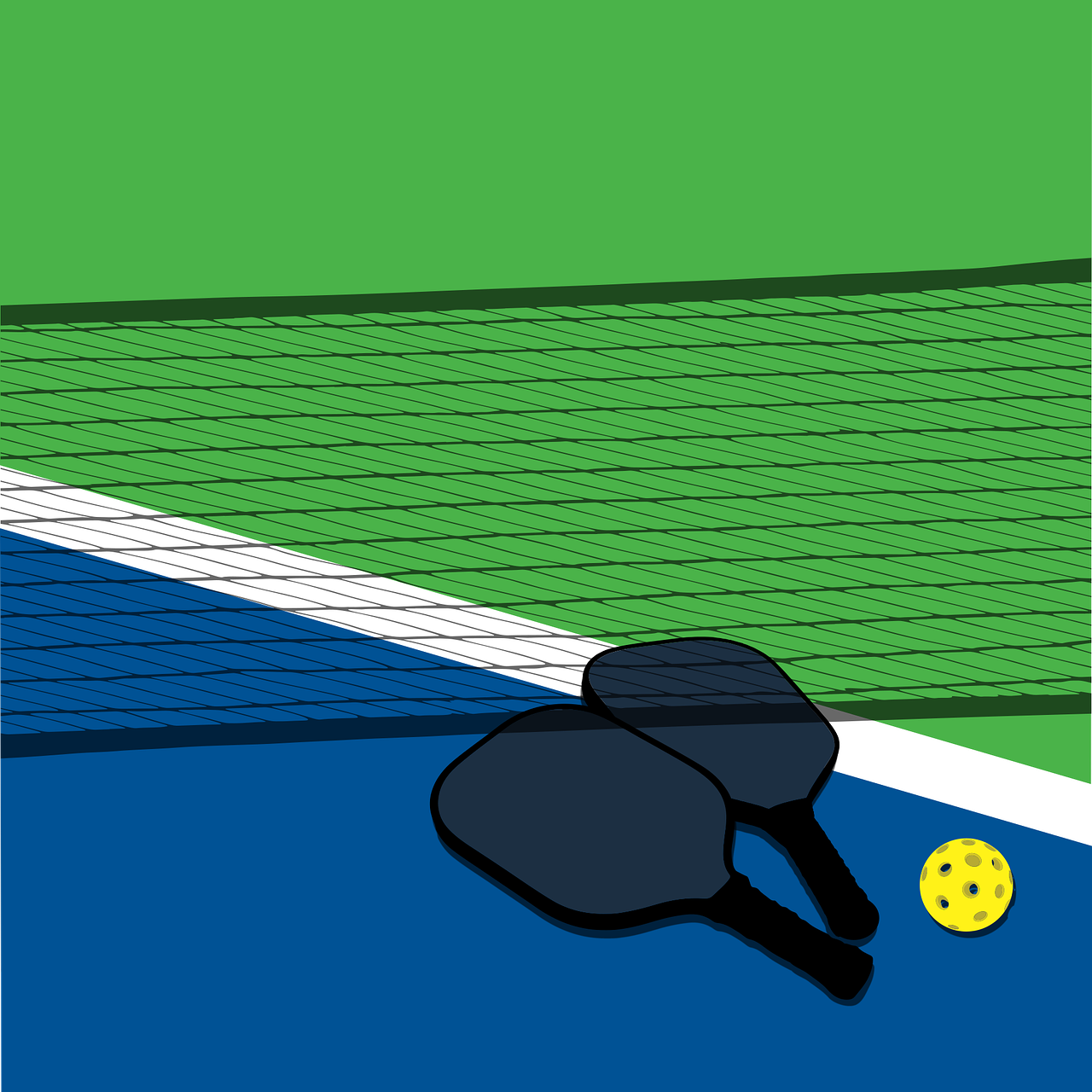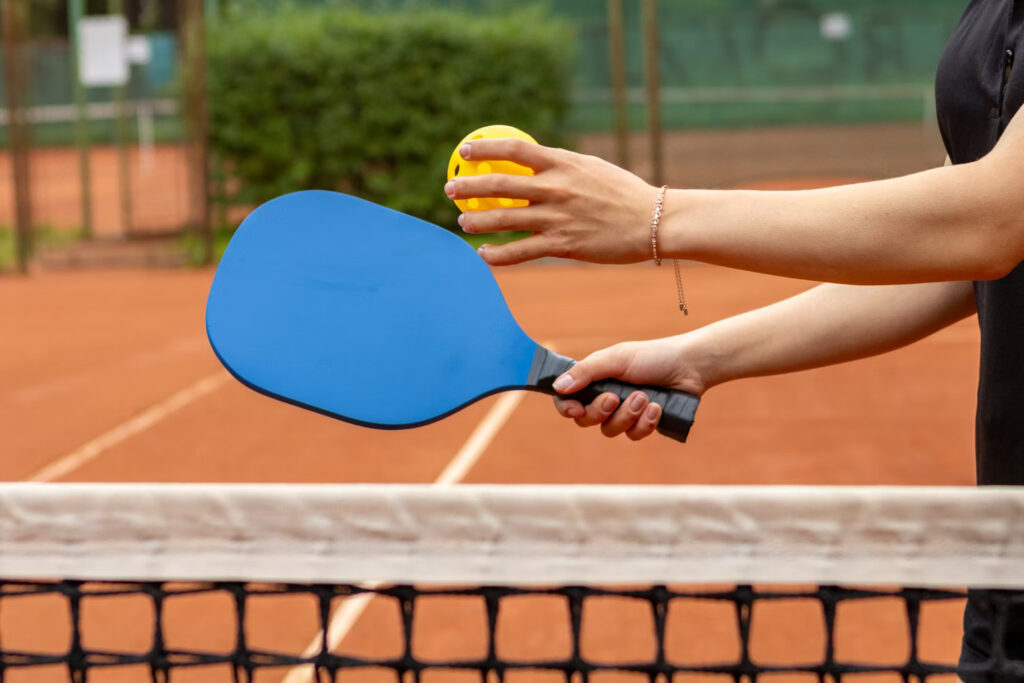I remember the first time I picked up a pickleball paddle. It was during a family gathering, and the laughter and excitement that ensued made me an instant fan.
The game that is currently taking India by storm is so easy and simple to play that even newcomers can quickly pick up the basics and start having fun.
What I love most about pickleball is its community spirit – whether you’re playing at a local park or in a competitive tournament, there’s a camaraderie that brings people together.
Sounds gibberish to you? Well, let’s start from the basics.
What is Pickleball?
Imagine a sport that’s easy to learn, fun to play, and promotes great exercise – that’s pickleball! Played on a court similar in size to a badminton court with a net slightly lower than a tennis net, players use solid paddles to hit a perforated plastic ball over the net. The game can be played as singles or doubles.
What are the Basic Rules of Pickleball?
Starting the Game
- The game begins with a coin toss or rally to determine which side serves first.
- The server must serve from behind the baseline, hitting the ball underhand and diagonally into the opponent’s service court.
Serving Rules
- Underhand Serve: The ball must be struck below the waist with an underhand motion.
- Diagonal Serve: The serve must travel diagonally to the opposite service court.
- One Serve Attempt: Only one serve attempt is allowed, except in the case of a let (the ball touches the net but lands in the correct service court).
Scoring
- Points: Only the serving team can score points.
- Winning the Game: Games are typically played to 11 points, and a team must win by 2 points.
- Match: Best of three games is standard.
The Double-Bounce Rule
- After the serve, each team must let the ball bounce once on their side before volleys are allowed. This means the receiving team must let the ball bounce, and then the serving team must let the return of serve bounce before play continues.
Non-Volley Zone (The Kitchen)
- Players cannot volley (hit the ball in the air) while standing in the non-volley zone. They can enter the zone to play a ball that has bounced but must exit before playing a volley.
Faults
- Out of Bounds: Hitting the ball out of the court boundaries.
- Net Violations: Touching the net with any part of the body or paddle.
- Kitchen Violations: Volleying the ball from within or touching the non-volley zone during a volley.
The Court and Equipment
The Court
- Dimensions: 20 feet wide by 44 feet long for both singles and doubles.
- Net Height: 36 inches at the sidelines and 34 inches at the center.
- Non-Volley Zone: The area 7 feet from the net on both sides, commonly referred to as the “kitchen.”
The Equipment
- Paddle: Made of lightweight composite materials.
- Ball: A plastic ball with holes, similar to a wiffle ball.
Top Strategies and Tips to Ace Pickleball
Positioning
- Always be ready to move quickly to cover the court.
- Communicate with your partner in doubles to ensure proper coverage.
Shot Selection
- Use a variety of shots: dinks, volleys, smashes, and lobs to keep your opponents guessing.
- Aim for your opponent’s feet to make returns difficult.
Serving
- Practice different types of serves to keep your opponent off balance.
- A deep serve can push your opponent back and give you an advantage in positioning.
Conclusion
Pickleball is a game of strategy, skill, and fun. By understanding and following these basic rules, you can enjoy the game while improving your skills.
Whether you’re playing for fun or looking to compete, the key to success in pickleball is practice, communication, and a solid understanding of the game’s fundamentals.
Grab your paddle, hit the court, and enjoy the exciting game of pickleball!






